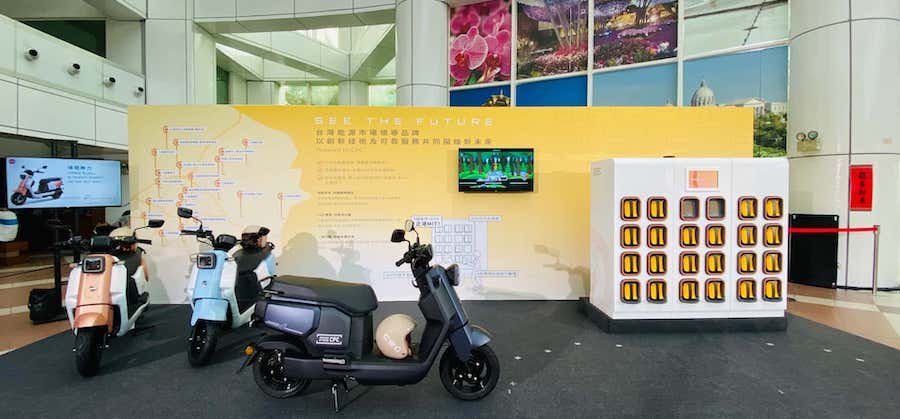Could Soft Carbon Batteries Change The EV Game, As Well As Be Less Fire Prone?

There’s been quite a lot of innovation in the EV space recently, and a huge chunk of it focuses on urban mobility. Clearly, electric vehicles work best within the confines of the urban jungle, and apart from being a stone’s throw away from a charging station at any given moment, the benefits of an EV (such as silent operation and zero emissions) are most appreciated in crowded, densely populated areas.
But even with the ultra-fast charge times of today’s batteries, range anxiety isn’t completely a thing of the past just yet. This is where battery-swapping tech and infrastructure enter the picture.
Companies like Gogoro have proven that rapid battery-swapping infrastructure works—just look at how fast and widespread Gogoro’s battery-swapping network has grown. But what if you take this infrastructure, and throw in some ultra-fast charging batteries in the mix, too?
Well, this would be the best of both worlds, and it’s something that Taiwanese energy company CPC (China National Petroleum Corporation) is working on. The company has developed in-house batteries that make use of soft carbon anodes. These batteries are then used for fast-charging battery swapping systems.
The infrastructure has already been deployed in the Taiwanese city of Tainan, with the modest goal of putting up an initial 22 battery swapping stations. Of course, the end goal here is to build a low-carbon, environmentally friendly city that provides affordable and accessible mobility for all.
According to CPC, their in-house developed soft carbon battery can charge from zero to 80 percent in just 20 minutes. It does this all while boasting a fairly impressive life cycle of 3,500 charges. Of course, there are also safety benefits associated with soft carbon batteries, as they’re known to be more thermally stable. This essentially means that they’re less likely to catch fire—something you could say is pretty darn important, especially within the confines of dense cities.
Apart from the numerous end user benefits, CPC also explains that it’s pushing for a “vehicle-battery separation” business model. This means that EV manufacturers can focus solely on the development of technology surrounding their vehicles—such as safety, powertrains, performance, and whatnot—instead of worrying about developing batteries in-house. It’s something that a lot of manufacturers in the electric bicycle industry have been doing for years now, and it surely has quite a lot of potential in larger scale applications, too.
And while developments that focus on boosting the performance and efficiency of EVs in the urban setting are by all means a good thing, I’m particularly excited to see how battery and EV manufacturers will eke out more long-distance performance from their vehicles. As of the moment, even the longest-range electric motorcycles don’t have enough range to take you cross-country without having to worry about finding your nearest charging station.
But as is the case with most things that have to do with tech, it’s more than likely just a matter of time until someone’s able to crack the code.
Nouvelles connexes


